News 1:Intel is researching 3D PLC flash memory, firmly sticking to the floating gate structure.
Although QLC flash memory has not yet been widely adopted, with few SSDs on the market using QLC, flash manufacturers are already preparing for the next generation of PLC flash memory. Last month, Toshiba showcased its PLC plans at the International Flash Summit, and now it’s Intel’s turn.

This morning, Intel announced at a storage conference in Seoul, South Korea, that future PLC flash memory will still use the floating gate structure. Other manufacturers have shifted to charge trap structures in the 3D flash era, believing that the latter can effectively enhance flash durability. However, Intel believes that the floating gate structure performs better in terms of read interference resistance and data retention, offering a longer read window, and is easier to increase density as storage density increases.
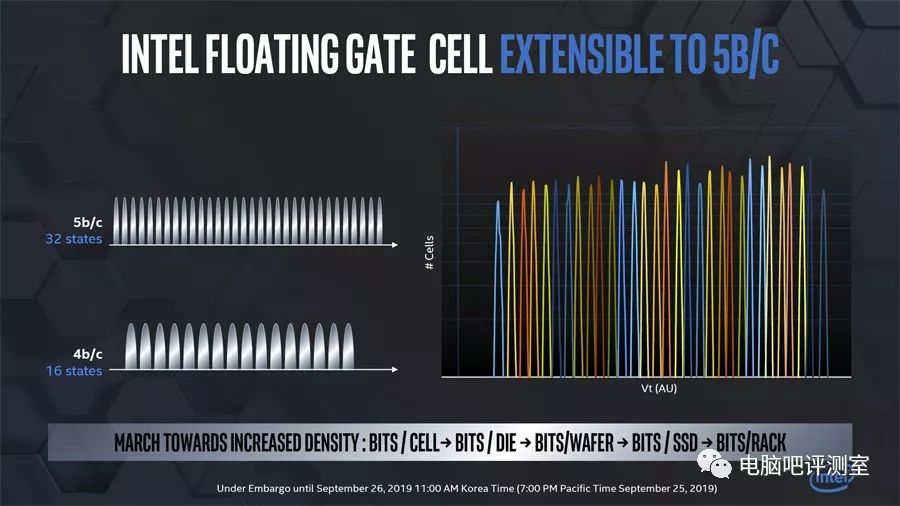
Each storage cell in PLC flash will store 5 bits of data, with its voltage states increasing from 2 to the power of 4 to 2 to the power of 5, which is 32 states. If Intel’s claim about the floating gate structure’s interference resistance is true, it is indeed more suitable for making PLC. Intel did not disclose when we can expect to see PLC flash memory, and other manufacturers are in the same boat; it is estimated that we may not see finished products for at least two years.
Yes, 5-bit storage PLC is about to be released… We don’t need to summarize much; from SLC to QLC, from 1 bit to 4 bits, the performance of solid-state drives is evident to all. We can all guess what kind of performance 5-bit PLC particles will have… Looking at the recently announced Western Digital Gold, the progress of mechanical hard drives is actually more remarkable compared to the continuously declining performance of solid-state drives. If storage manufacturers do not step up their efforts… they might really be counterattacked by traditional mechanical hard drives.
News 2:Intel showcases the 665p SSD, featuring 96-layer stacked 3D QLC, with 144 layers coming next year.
Although Intel discussed the future of 3D PLC flash memory at the storage conference, it will still push 3D QLC flash memory in the next couple of years. This year, the third generation of 96-layer stacked 3D QLC flash memory will be released, with a die size still at 1024Gb, the same as the current 64-layer 3D QLC. Next year, the fourth generation of 144-layer stacked 3D QLC will be launched.
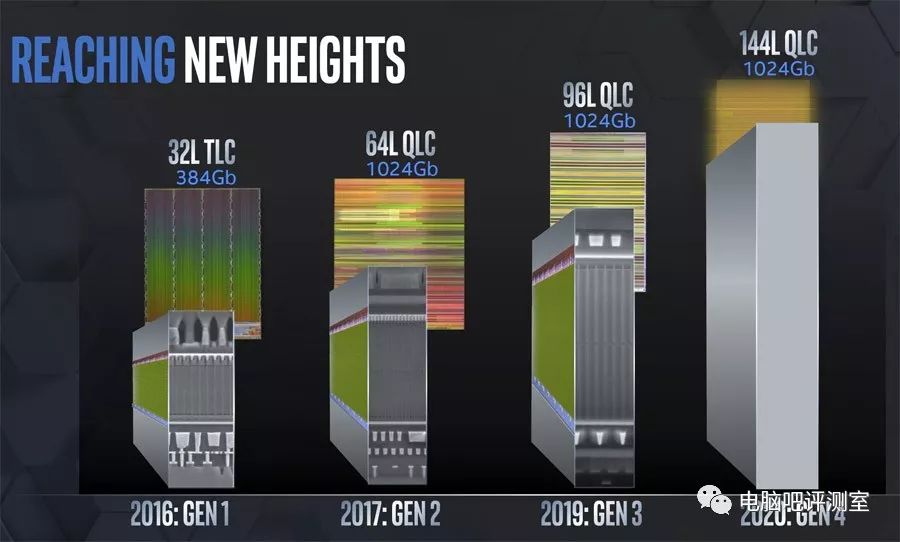
Additionally, Intel announced that it will release the 665p SSD using 96-layer stacked 3D QLC flash memory within this year. The new SSD still uses the SM2263 controller from Silicon Motion, just with a different flash memory.Legitreviews captured photos comparing the 665p and 660p on-site, and there is no significant difference in appearance between the two.
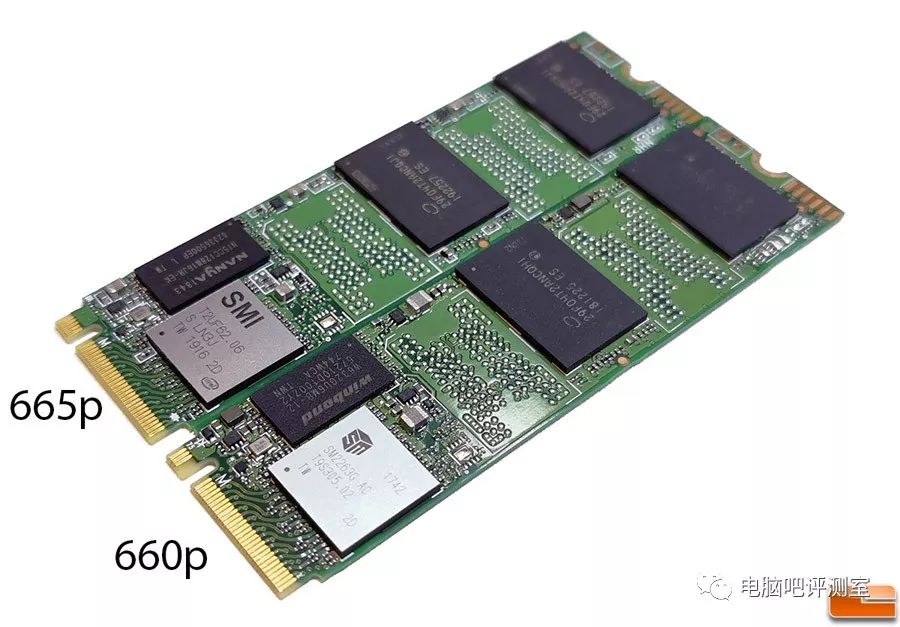
In terms of performance, the 665p has a sequential read speed of 1887.5MB/s and a sequential write speed of 1816.56MB/s at QD1, which is over 40% faster than the 660p, with random performance also improving by about 30%. However, this write speed is certainly measured with SLC Cache in place, and it is still unclear what the raw write speed of the new QLC flash memory will be. To be honest, the write speed of the 660p after the cache is exhausted is quite astonishing.
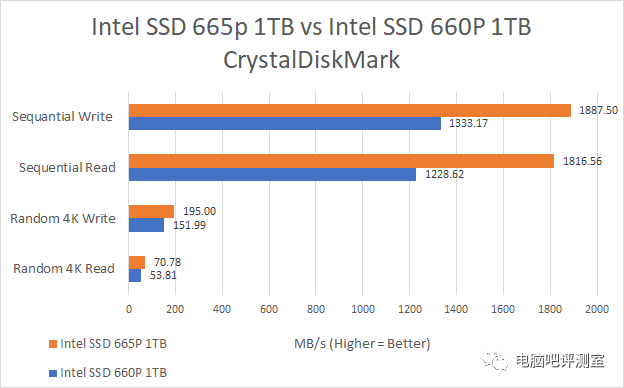
As for when it will be available, it is currently unclear, but it should be released within this year. As for the price, you can refer to the current 660p.
Although we have a lot of disdain for QLC particles, their price is still attractive. If it’s just for use as a storage drive or gaming drive, it is more than sufficient. After Intel’s initial experience with QLC, they have clearly tasted the sweetness and are upgrading QLC solid-state drives again. The new process will certainly further reduce costs and improve performance, although the lifespan and stability remain uncertain… but Intel has always done well.Considering the future market entry of PLC and the gradual exit of TLC… one day we will accept QLC just as we accepted TLC…
News 3:Intel responds to 14nm shortage: will prioritize production of the latest generation Intel Core i5, i7, and i9.
Recently, there have been reports of a shortage of Intel’s 14nm process. Intel has responded, acknowledging that they are indeed facing a “challenging supply-demand environment,” but they will prioritize the production of the latest generation Intel Core i5, i7, and i9 processors.
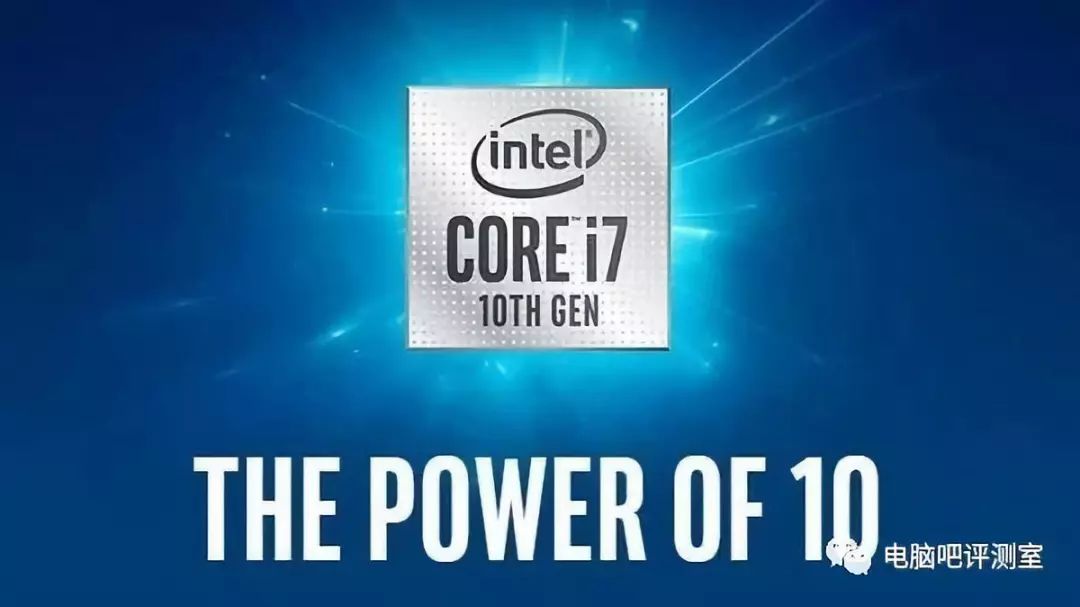
Intel’s response:
We will continue to work on improving the supply-demand balance for our PC customers.In the first half of 2019, we noticed that the demand from PC customers exceeded our expectations and third-party forecasts.We have increased our 14nm output capacity and are ramping up 10nm production, which will be fully available this Christmas.
While our capacity is increasing, we still face a challenging supply-demand environment in our PC-centric business.We are actively addressing this challenge and will continue to prioritize the production of the latest generation Intel Core i5, i7, and i9 products.
Indeed, the 14nm capacity is still short, but fortunately, Intel’s 10nm process is gradually maturing, and some products can already utilize the 10nm process.However, it is regrettable that Intel’s 10nm process does not seem to be fully mature yet, and desktop products with relatively more cores will continue to use the 14nm process, with Intel likely to remain on the 14nm node for a while longer.Intel’s chosen strategy is to prioritize the supply of new processors. It is rumored that the 10th generation Core will have up to 10 cores, and the i3 will have a 4-core 8-thread specification, making the next generation of processors worth looking forward to!
Small issues are asked in the background.
Big issues ↓


Welcome to join the official group of the Computer Bar Review Room: 798545305.
Computer Bar personal second-hand trading group: 776842190.
Follow Bilibili @My Home Smart Sky using Win8 or Weibo @Gradual Zhen JZ, @DDAA117.
Reference links:
https://www.expreview.com/70707.html
https://www.expreview.com/70711.html
https://www.ithome.com/0/447/472.htm
Note:
The article is reprinted from the internet (links above). Any images or logos appearing in the article belong to their legal owners; this article is for informational purposes only. If there is any infringement, please leave a message in this article.
The content and views expressed in the quoted articles do not represent the views of the Computer Bar Review Room.